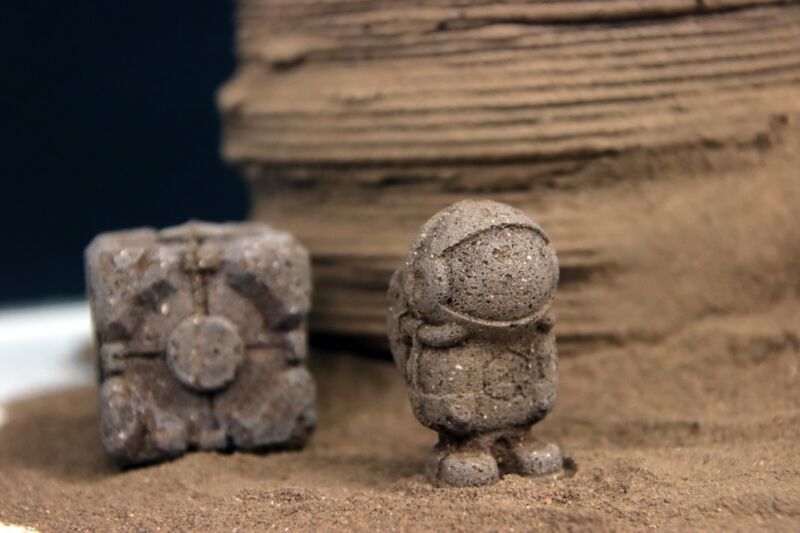-
 chevron_right
chevron_right
Chitin could be used to build tools and habitats on Mars, study finds
Jennifer Ouellette · news.movim.eu / ArsTechnica · Tuesday, 22 September, 2020 - 22:18 · 1 minute

Enlarge / Scientists mixed chitin—an organic polymer found in abundance in arthropods, as well as fish scales—with a mineral that mimics the properties of Martian soil to create a viable new material for building tools and shelters on Mars. (credit: Javier G. Fernandez )
Space aficionados who dream of one day colonizing Mars must grapple with the stark reality of the planet's limited natural resources, particularly when it comes to building materials. A team of scientists from the Singapore University of Technology and Design discovered that, using simple chemistry, the organic polymer chitin —contained in the exoskeletons of insects and crustaceans—can easily be transformed into a viable building material for basic tools and habitats. This would require minimal energy and no need for transporting specialized equipment. The scientists described their experiments in a recent paper published in the journal PLOS ONE.
"The technology was originally developed to create circular ecosystems in urban environments," said co-author Javier Fernandez . "But due to its efficiency, it is also the most efficient and scalable method to produce materials in a closed artificial ecosystem in the extremely scarce environment of a lifeless planet or satellite."
As we previously reported , NASA has announced an ambitious plan to return American astronauts to the Moon and establish a permanent base there, with an eye toward eventually placing astronauts on Mars. Materials science will be crucial to the Artemis Moon Program's success, particularly when it comes to the materials needed to construct a viable lunar (or Martian) base. Concrete, for instance, requires a substantial amount of added water in order to be usable in situ , and there is a pronounced short supply of water on both the Moon and Mars. And transport costs would be prohibitively high. NASA estimates that it costs around $10,000 to transport just one pound of material into orbit.
